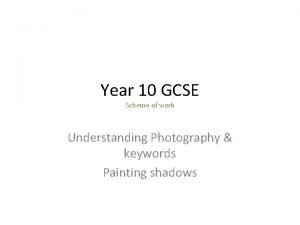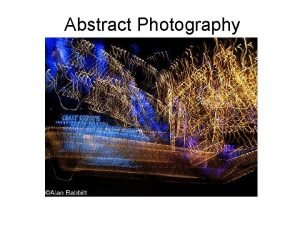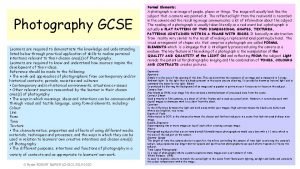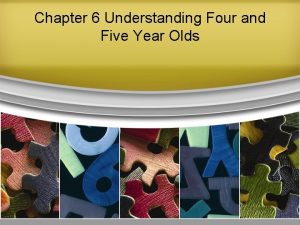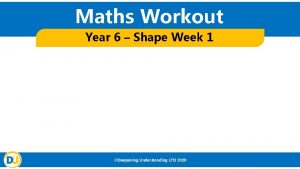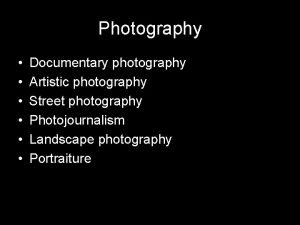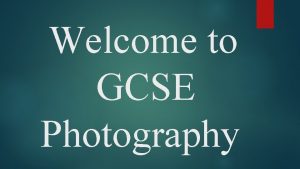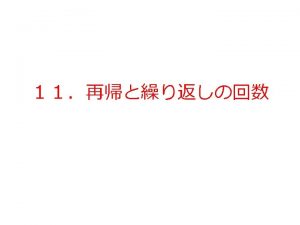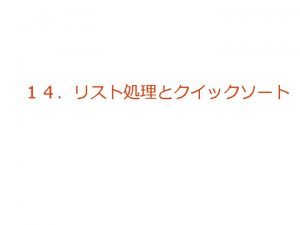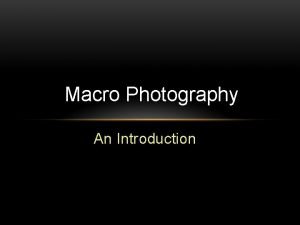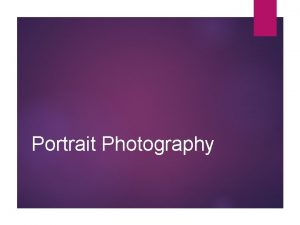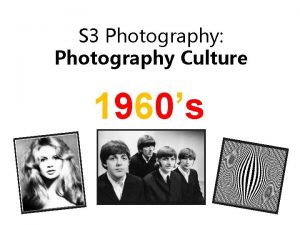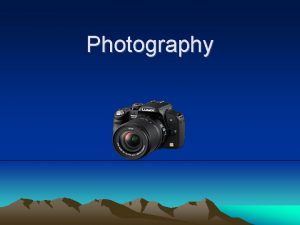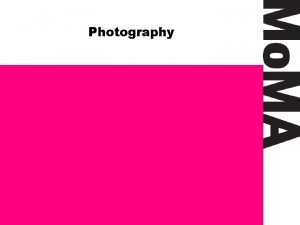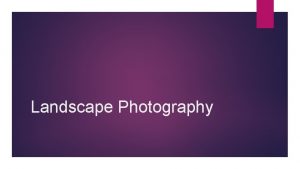Year 10 GCSE Scheme of work Understanding Photography






















- Slides: 22

Year 10 GCSE Scheme of work Understanding Photography & keywords Painting shadows

Learning objectives üI will develop an understanding of how to use a camera and all of its settings and features üI will gain knowledge of different types of photographs and techniques used üGain an appreciation of design software and capabilities in the world of work üI will look at shadows in every day life and use them in my designs and final outcome

Which objects do you recognise?

Telephoto lens: opposite of the wide angled lens, it is great for bringing far away objects up close.

Wide angled lens: Mainly used by landscape photographers, they are great for highlighting foreground objects and fading out the background. This creates depth of an image.

Macro lens: quite simply used for close up photography, focusing a lot closer to the subject.

Fish eye lens: middle of the image comes out to meet you, and the top, bottom and sides of the image stay far away.

Focus Out of focus blur – you need to make sure you use the correct lens setting and hold your camera still. Camera shake – try to use a tripod or rest your camera on a surface for best results Gorilla pod SLR camera tripod

Pixels & Resolution Pixels - Tiny units of colour that make up digital pictures. Pixels also measure digital resolution. One million pixels adds up to one mega-pixel. Resolution - Camera resolution describes the number of pixels used to create the image, which determines the amount of detail a camera can capture. The more pixels a camera has, the more detail it can register and the larger the picture can be printed.

Angles of images, are important for creativity! Above. . . below. . . 360 O. . diagonal. . . .

Macro setting The symbol is a flower on your digital camera, this setting works well on small objects to show maximum detail. Close up and detailed.

Flash photography • Artificial light • A major purpose of a flash is to illuminate a dark scene • Modern cameras often activate flash automatically • Using on-camera flash will give a very harsh light, which results in a loss of shadows in the image. • Controlling the amount of light in a photograph can affect the image.

Questions keyword definitions

What lens was used to take this picture?

What lens was used to take this picture?

What is wrong with this picture?

Every image is made up of millions of different coloured squares, So if a picture was taken with a 10 megapixel camera, how many pixels would there be in the picture?

From the aspects of photography we have discussed during the lesson, which aspect has allowed the photographer to capture the underneath of the polar bear in this image?

Where was the camera placed to take this photograph?

How has the photographer made these ice cubes look so realistic and not lost any detail or focus?

What is the difference between these images?

Keywords • • • • Telephoto lens Wide angle lens Macro Fish eye Angles Focus Camera shake Flash Portrait Landscape Composition Proportion Colour Sepia Black and white
 Photography scheme of work
Photography scheme of work Year 7 food technology scheme of work
Year 7 food technology scheme of work Is abstract photography same as conceptual photography
Is abstract photography same as conceptual photography Gcse photography annotation
Gcse photography annotation 3 domain scheme and 5 kingdom scheme
3 domain scheme and 5 kingdom scheme Stata schemes
Stata schemes Ponzi scheme vs pyramid scheme
Ponzi scheme vs pyramid scheme Deepening understanding year 5
Deepening understanding year 5 Understanding four and five year olds
Understanding four and five year olds Deepening understanding year 5
Deepening understanding year 5 Deepening understanding year 6
Deepening understanding year 6 Deepening understanding year 5
Deepening understanding year 5 Poem to read to year 6 leavers
Poem to read to year 6 leavers Understanding work teams
Understanding work teams Team vs working group
Team vs working group Why have teams become so popular
Why have teams become so popular Why have teams become so popular
Why have teams become so popular Understanding work teams
Understanding work teams How to prepare scheme of work
How to prepare scheme of work Lancashire pe scheme of work
Lancashire pe scheme of work How to prepare scheme of work
How to prepare scheme of work Zed rating for msme parameters
Zed rating for msme parameters Revive thy works in the midst of the years
Revive thy works in the midst of the years
